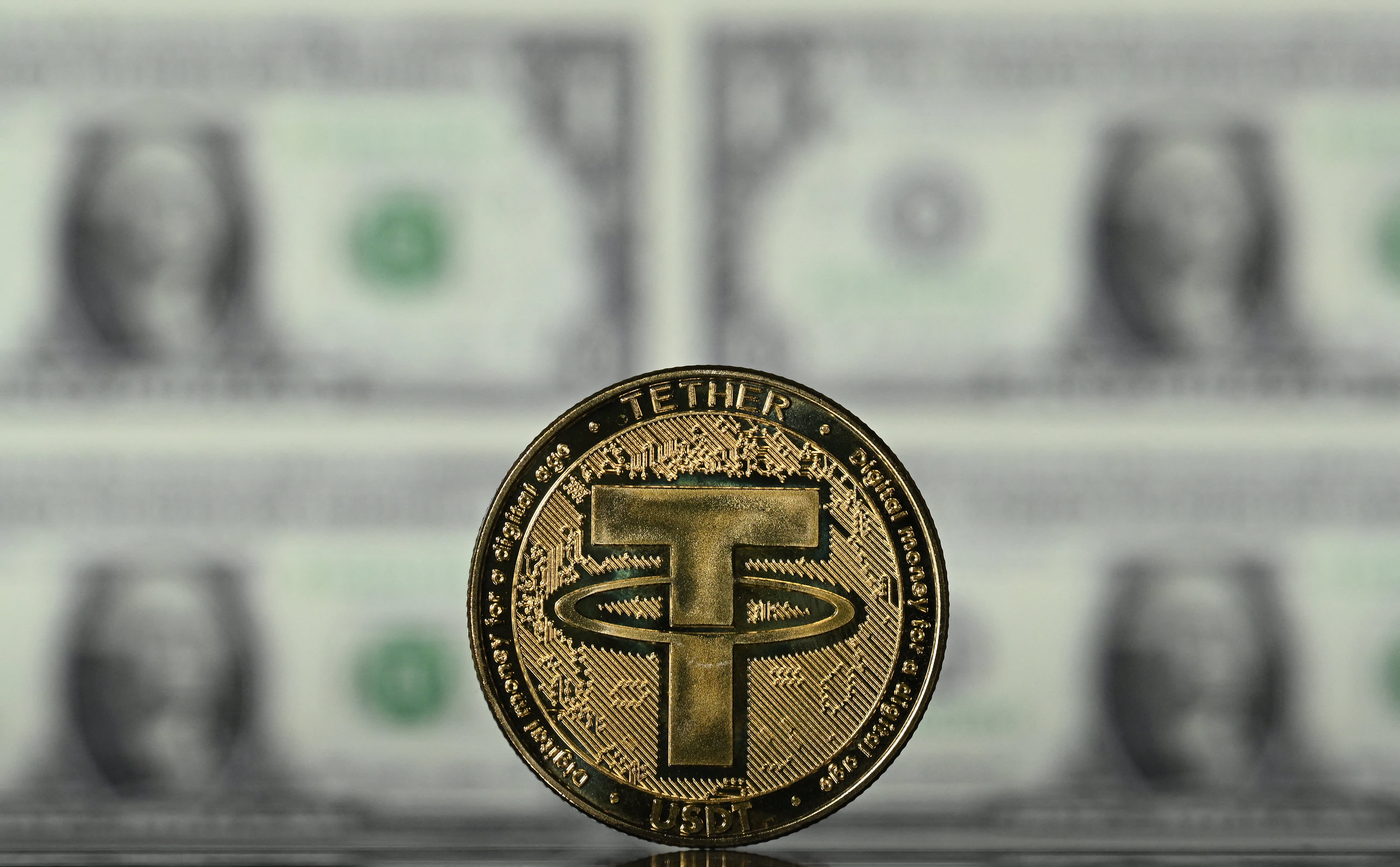Web 3.0
How Does Tether Make Money? USDT Ecosystem Explained
Curious about Tether’s revenue model and its role in the crypto landscape? Delve into how Tether makes money and the dynamics of the USDT ecosystem in this comprehensive guide.
Published
2 years agoon

Tether (USDT) is a pioneering cryptocurrency in the realm of stablecoins, providing a vital bridge between the fiat and digital currency worlds. As a stablecoin, Tether is designed to maintain a stable value, making it an attractive option for traders seeking to hedge against the inherent volatility of other cryptocurrencies. However, Tether’s operations also raise intriguing questions, such as how it maintains its value and, more importantly, how Tether makes money.
This article delves into the USDT ecosystem, demystifying its operations and revenue generation strategies.
What exactly is Tether?

Exploring Tether (USDT)
Tether, symbolized as USDT is a type of cryptocurrency known as a stablecoin. A group of early adopters and Bitcoin enthusiasts who were driven to make it easier for fiat currencies to be used digitally founded Tether. The business introduced Tether.to, a blockchain-enabled platform, in 2014 with the goal of upending the established financial system with a more cutting-edge method of handling money.
Tether’s flagship stablecoin, USDT, is pegged to the U.S. dollar on a one-to-one ratio. This implies that for each USDT token in circulation, an equivalent amount in U.S. dollars is held as a reserve by Tether.
The genesis of Tether
Their initial endeavor, termed “Realcoin,” was unveiled in the summer of 2014. However, the early days of Realcoin were marked by lukewarm adoption, prompting a rebranding exercise in November 2014 that birthed “Tether.”
Despite the initial hiccups, the Tether team remained committed, and their perseverance paid off as Tether gradually gained acceptance and is now available on almost every well-known exchange, including Coinbase, Binance, FTX, Kraken, and Kucoin.
England banks are looking to proceed with stablecoins in a far more systematic approach. How? Check out our blog to know the details.
How does Tether make money: A guide
Here are a few ways through which Tether makes money. Take a look:
1. Stablecoin issuance fees
Tether generates revenue through the issuance of its stablecoins, primarily USDT. When individuals or institutions purchase USDT tokens, they often pay a fee for the transaction, which contributes to Tether’s income.
These fees accumulate with the growing demand for stablecoins, resulting in a consistent revenue stream.
2. Interest on reserves
Tether holds a portion of its reserves in interest-bearing assets such as government bonds, certificates of deposit, and other low-risk investments.
The interest earned on these holdings becomes a source of revenue for Tether. This strategy allows Tether to generate income from its reserve holdings while maintaining stability.
3. Lending services
Tether also generates revenue by offering lending services to users. Individuals and institutions can lend their USDT holdings on platforms that provide interest on borrowed funds.
Tether may partner with these lending platforms, earning a portion of the interest generated by facilitating these lending activities.
4. Investment of reserves
Tether may invest a portion of its reserves in various financial markets, such as equities or cryptocurrencies. If these investments appreciate in value, Tether can realize capital gains, contributing to its overall revenue. However, this approach comes with risks, as market fluctuations can also result in losses.
Overall, Tether’s revenue model is based on a combination of fees, interest earnings, lending services, and investment strategies associated with its stablecoin operations.
USDT’s dominance over Tron has been skyrocketing. What does it mean? Check out our article to stay updated!
Exploring how Tether makes money – Image via Pixabay
Other forms in which Tether is making money
Tether has multiple revenue streams that collectively contribute to its financial health. Here’s a closer look at each of these ways through which Tether is making money:
Transaction fees
Tether charges fees for various transactions, including account verification, deposits, and withdrawals. A standard verification fee of $150 is applied to every customer who seeks to have their account verified. This verification process, also known as Know Your Customer (KYC), is critical for validating the authenticity of a customer’s identity.
Deposit and withdrawal fees are also levied by Tether. These fees provide a steady stream of revenue, given the significant volume of transactions handled by Tether.
Loans and investments
Another significant income generator for Tether is through loans and investments. Tether lends out a portion of its reserve assets to other institutions and earns interest on these loans. This interest income helps cover the costs of maintaining the stablecoin’s peg and also contributes to the company’s profits.
Furthermore, Tether invests its reserves in various assets, such as corporate bonds, secured loans, and other investments, including digital tokens. The returns on these investments further bolster Tether’s revenue.
Tether’s security measures
Tether’s security infrastructure is multi-faceted and robust. Initially issued on Bitcoin’s blockchain using the Omni Layer protocol, Tether has now transitioned to several other blockchains, including Ethereum, Tron, Algorand, and others.
Furthermore, Tether uses a Proof of Reserves protocol, ensuring that its reserves match or exceed the number of Tether tokens in circulation. This protocol, coupled with the regular audits conducted by Tether, helps maintain trust in the system.
A peek into Tether’s use cases
Tether serves multiple use cases in today’s cryptocurrency landscape. Its primary function is to offer stability in the highly volatile cryptocurrency market. Traders use Tether as a safe haven during turbulent market conditions, protecting their investments from drastic price swings.
Additionally, Tether enables quick and seamless exchanges between various cryptocurrencies, providing liquidity for traders. Its global accessibility makes it an attractive choice for individuals in areas with weak banking systems.
Exploring the security measures of Tether
Summing up
In conclusion, Tether is a unique blend of stability and liquidity in the volatile world of cryptocurrencies. Its revenue model, built around transaction fees and returns from loans and investments, ensures its financial sustainability.
Despite the controversies and challenges along its journey, Tether has emerged as a trusted stablecoin, facilitating seamless transactions and providing a stable store of value for traders and investors alike. As the cryptocurrency market continues to evolve, Tether’s role in bridging the fiat and digital currency worlds is likely to become increasingly vital.
